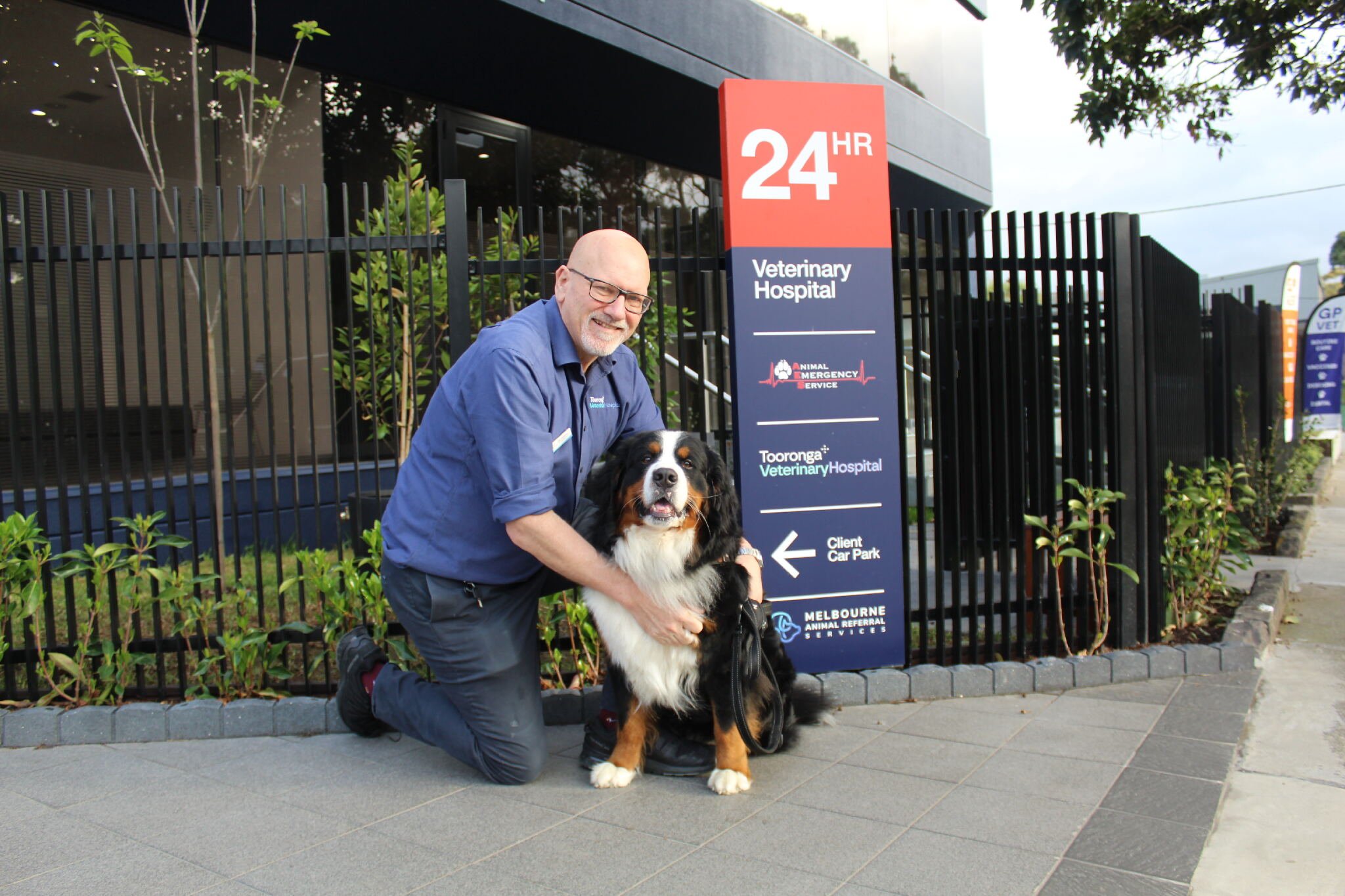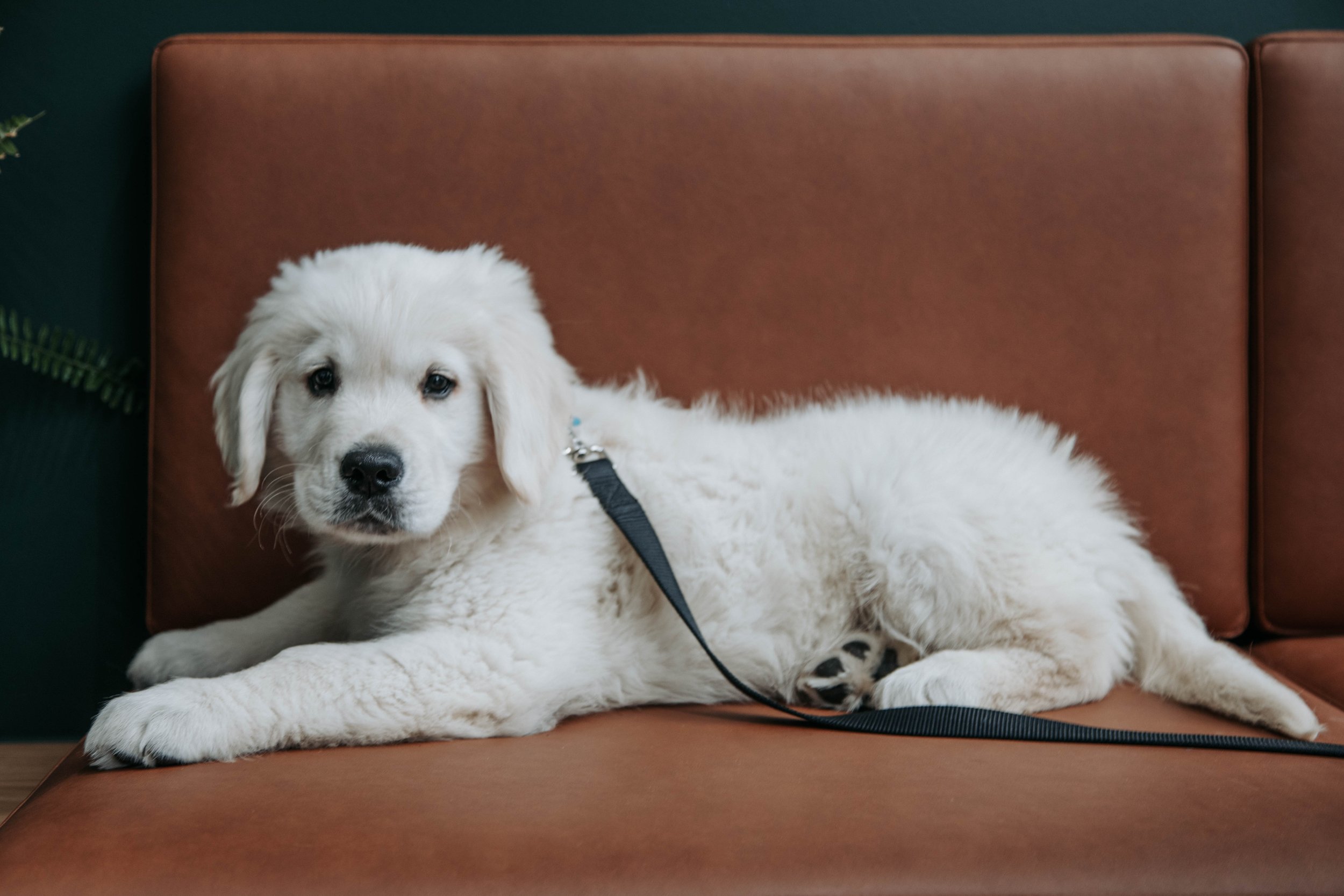Dogs and Grass Seeds – Understanding the Dangers
Grass seeds might seem harmless, but they can pose a serious threat to your pet’s health.
During the warmer months, when the grass is dry and seeds are abundant, dogs are at a higher risk of encountering these tiny but dangerous invaders.
Understanding how grass seeds affect dogs, recognising the symptoms, and knowing how to protect your pet can make all the difference in keeping them safe.
What are grass seeds?
Grass seeds are small, pointed, and often barbed structures that grasses produce, to reproduce.
Barley, Spear, and Brome grasses are notorious for producing seeds that can easily attach to your dog’s fur and penetrate their skin.
They are designed to attach to animals and be carried to new areas where they can grow.
Melbourne is a built-up area so cases may be less common, but as the warmer months approach, the risks increase - especially in parks, bushland, nature strips and even your backyard if it isn’t well maintained.
Why are grass seeds dangerous for dogs?
Grass seeds are designed to travel, and their sharp, pointed shape allows them to cling to animals or be carried by the wind.
Unfortunately, this same feature makes them a hazard for dogs. When seeds attach to a dog’s coat, they can easily burrow into the paws, ears, nose, eyes and skin.
If left untreated, they can migrate further into the body, leading to severe infections and other complications.
Consequences of untreated grass seeds
If left untreated, grass seeds can lead to severe complications for your dog.
As the seeds burrow into the skin or migrate through the body, it can cause:
Painful abscesses that require medical intervention.
A bacterial infection once the seeds have penetrated the skin or entered a sensitive area such as the ears or nose.
Chronic issues (even blindness) if the seeds are not promptly removed.
In cases where grass seeds migrate deep into the body, surgery may be required to remove them, leading to additional stress and costs for pet owners.
Symptoms to watch out for
Early detection is crucial to prevent serious health issues. Watch out for these signs:
Limping or constantly licking a paw.
Swelling or redness of their skin.
Excessively shaking their head or scratching their ears.
Squinting or discharge from their eyes.
Nasal discharge or continuous sneezing.
Treatment and removal if you find a grass seed
If you suspect your dog has a grass seed, acting promptly is essential.
Follow these steps for removal and treatment:
Immediate inspection
If you notice any of the symptoms above, check your dog’s affected area immediately. Common spots for grass seeds to lodge include between the toes, the eyes and in the ears.
Removal at home
If you can see the grass seed in their paw, and it has not yet burrowed deep into the skin, you may be able to remove it carefully with clean tweezers.
Ensure to pull out the entire seed, as leaving a fragment behind can lead to further issues.
When to contact your vet
If the seed is embedded deep in the skin, or if it has entered sensitive areas like the eye, ear, or nose, do not attempt to remove it yourself. Consult your vet immediately to avoid causing additional injury or infection.
How to prevent grass seeds in dogs
To keep your dog safe, follow our tips to prevent injury:
Keep your dog’s coat well-groomed. Longer fur is more prone to grass seed injuries, so trimming fur during Spring and Summer can reduce the risk.
Check your dog for grass seeds after every walk, particularly if you've been in grassy or bushy areas.
Avoid walking your dog in areas with tall, dry grass. Opt for parks or areas that are regularly mowed and maintained.
When to take your dog to see a vet
Grass seeds are a hidden but significant danger for dogs. Spotting signs and taking preventative measures can prevent further and more severe complications.
If you think your dog has a grass seed entry wound, it’s important to seek advice from a vet as soon as possible.
Stay vigilant and remember: a quick check after each walk could save your dog from pain and complications down the line.
Get in touch with us today at Tooronga Veterinary Hospital for more information.





